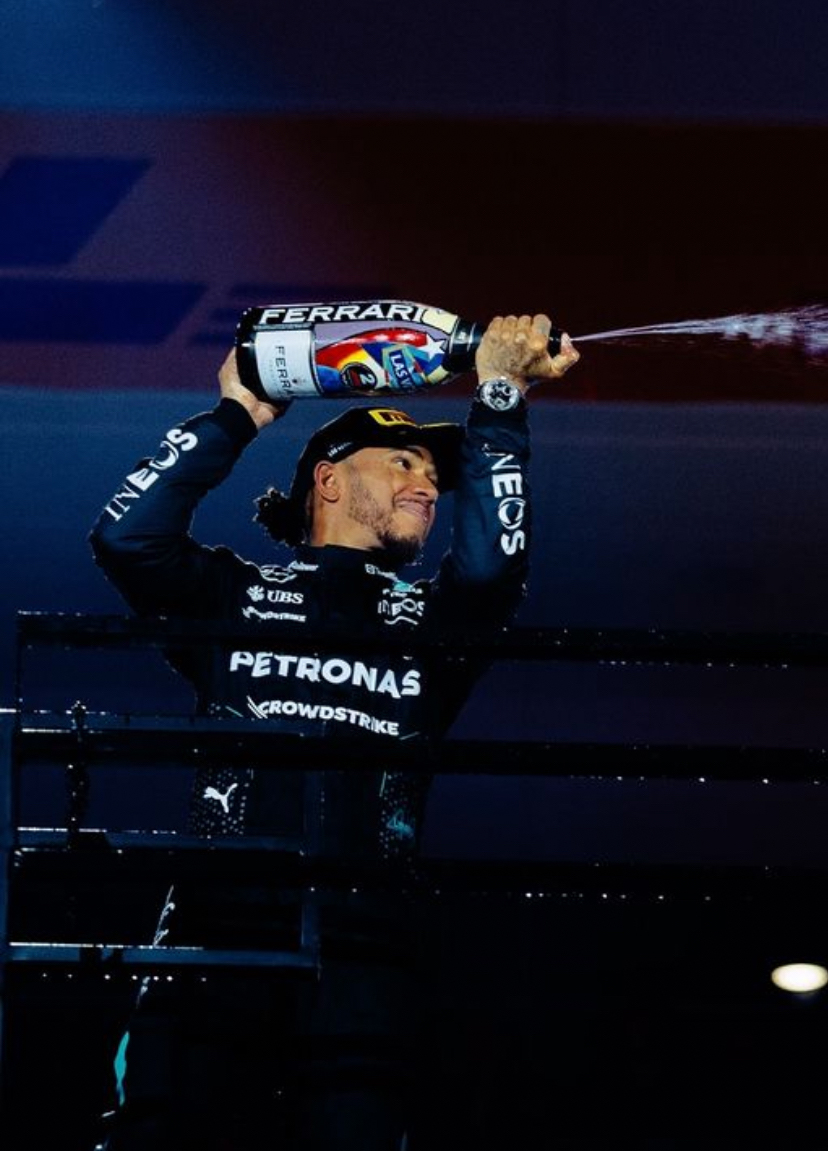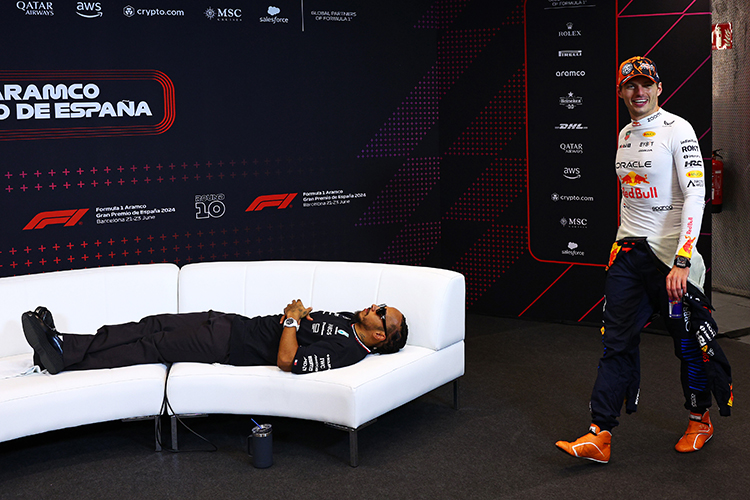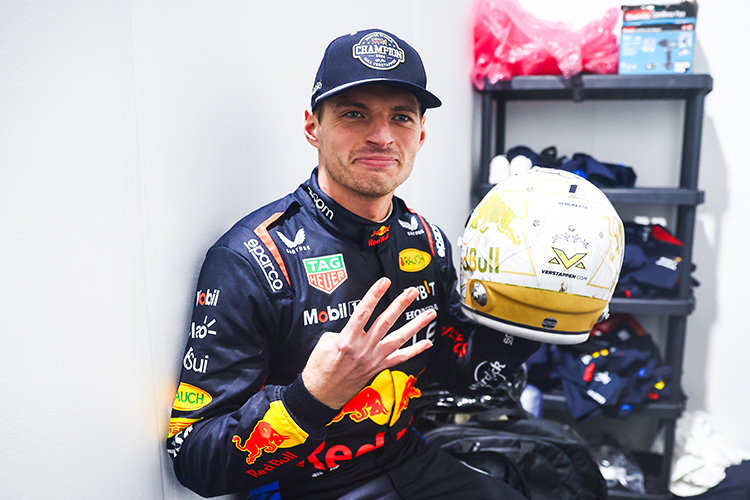Race Structure in Formula 1: Understanding the Grands Prix

Formula 1 World Champions: A legacy of racing legends
Race Structure: The F1 season comprises a series of races called Grands Prix, typically held on circuits constructed for racing or on closed city streets
Learn about the race structure in Formula 1, including the Grands Prix, types of circuits, scoring systems, and unique highlights.
Explore the thrilling race structure of Formula 1, from the iconic Grands Prix to the strategies and dynamics that define motorsport's pinnacle.
The Formula 1 Calendar
Formula 1’s season consists of 20 to 24 Grands Prix, each held in a different country. The calendar highlights the sport's global reach, with races spanning Europe, Asia, the Americas, the Middle East, and Australia. Each circuit is uniquely designed to challenge drivers and teams, offering diverse layouts with high-speed straights, technical corners, and elevation changes.
Types of Circuits
1. Purpose-Built Circuits
These tracks are specifically designed for motorsport, featuring state-of-the-art facilities. Examples include:
- Silverstone: The home of British motorsport.
- Spa-Francorchamps: Known for its challenging Eau Rouge corner.
- Suzuka: A figure-eight track revered by drivers.
2. Street Circuits
Street circuits transform urban areas into high-speed race venues. Notable examples include:
- Monaco: Famous for its glamour and narrow, unforgiving layout.
- Singapore: A night race offering breathtaking visuals and intense physical demands.
3. Hybrid Circuits
These tracks combine features of purpose-built and street circuits, such as:
- Albert Park (Melbourne): A blend of temporary and permanent sections.
- Jeddah Corniche Circuit: A high-speed, modern hybrid layout in Saudi Arabia.
The Grand Prix Weekend
A Grand Prix weekend spans three days, with each session building up to the main race:
- Friday: Two free practice sessions to test setups and evaluate tire performance.
- Saturday: A final practice session followed by qualifying, where drivers compete for pole position.
- Sunday: The main event, where drivers race a set number of laps or within a two-hour time limit.
Scoring System
Points are awarded to the top 10 finishers as follows:
- 1st Place: 25 points
- 2nd Place: 18 points
- 3rd Place: 15 points
- 4th to 10th: Points decrease incrementally down to 1 point.
An additional point is awarded for the fastest lap, provided the driver finishes in the top 10. These points contribute to both the Drivers’ and Constructors’ Championships, increasing the stakes of every race.
Race Dynamics
Each Grand Prix combines speed, strategy, and endurance, with key factors including:
- Tire Management: Choosing the right compounds and timing pit stops.
- Fuel and Energy Use: Efficiently managing hybrid power units and energy recovery systems.
- Weather Conditions: Rain or extreme heat can drastically affect race strategies.
Unpredictable elements, such as safety cars, red flags, or on-track incidents, often reshape the race, adding to its excitement.
Unique Grands Prix Highlights
Several Grands Prix stand out due to their history, location, or unique challenges:
- Monaco Grand Prix: Renowned for its prestige and difficulty in overtaking.
- Italian Grand Prix at Monza: Celebrated for its high speeds and passionate Ferrari fans.
- Singapore Grand Prix: A visually stunning night race with a challenging street circuit layout.
Conclusion
The structure of Formula 1’s season, centered around the Grands Prix, exemplifies the sport's global appeal and technical brilliance. Each race is more than a contest of speed—it’s a showcase of strategy, resilience, and skill. With every lap, the drama intensifies, solidifying Formula 1’s status as the pinnacle of motorsport.
Up Next



